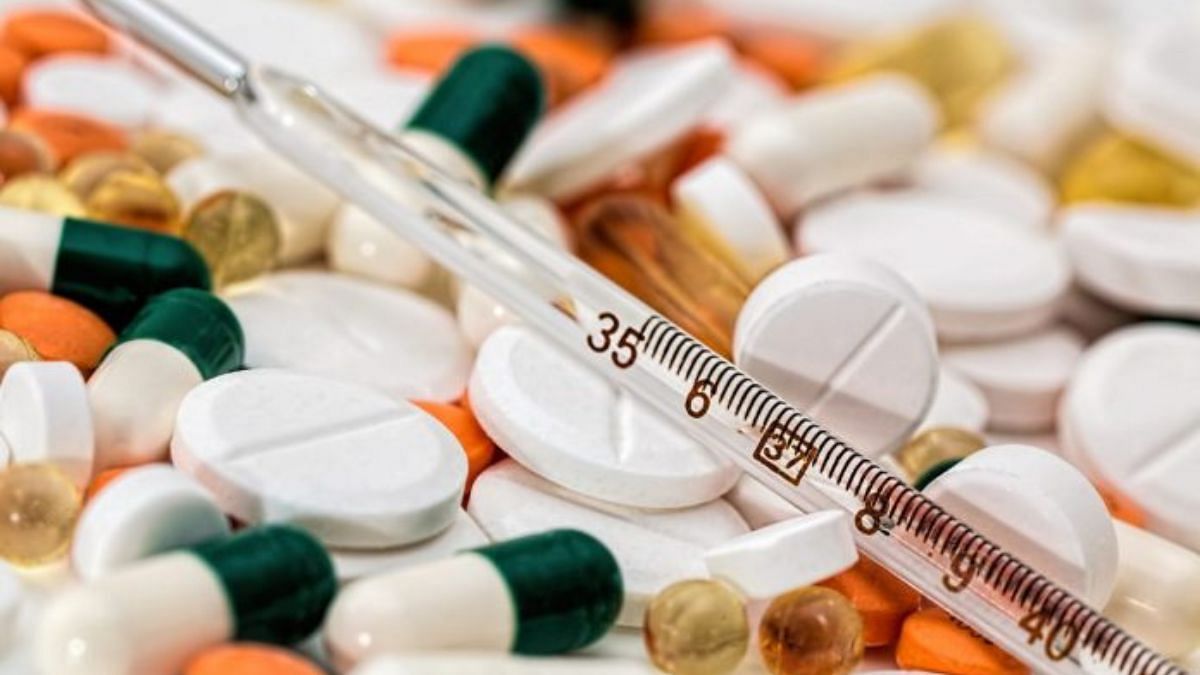Drug-resistant diseases pose a serious and growing threat to humans and animals. Antimicrobial resistance, which renders antibiotics ineffective against bacterial disease, is widely acknowledged as one of the most urgent health risks facing the world in the decades ahead.
Some estimates forecast a potential 10 million deaths per year due to antimicrobial resistance by 2050. At the same time, a rise in drug resistance in animals could lead to painful, untreatable illness and cause an 11% drop in livestock production in low-income countries, jeopardizing livelihoods and food security. Antimicrobial resistance could also lead to sick pets requiring costly levels of care, setting families back thousands of dollars and weeks of treatment for what should otherwise be easily treatable conditions.
The animal health sector has already made enormous contributions towards slowing the spread of antimicrobial resistance by reducing the need for antibiotics through better disease prevention, but action in animal health alone is not enough to neutralize the threat to human health. The shared challenge of antibiotic resistance can only be fully contained with coordinated efforts on all fronts.
 Image: HealthforAnimals
Image: HealthforAnimalsHalting the rise of antibiotic resistance in people would be one of the most significant global health achievements this century. Stemming antibiotic resistance will avert disastrous losses and usher in an era of unprecedented international collaboration across human and animal health sectors and environmental agencies, to protect all life on Earth.
A global concern
The UN’s High-Level Meeting on Antimicrobial Resistance later this year offers a key moment to galvanize greater collective efforts towards addressing the threat of drug-resistant disease. Critical to this is mobilizing and equipping other sectors to build on the successes of animal health and reduce the need to use antibiotics to minimize the risk of resistance developing.
To begin with, this means striving to prevent the very bacterial diseases that require antibiotics in the first place. Disease prevention is by far the most effective strategy for reducing the need for antibiotics in people and animals.
Antibiotic use in veterinary care, for example, declined 20% between 2016 and 2019, according to the most recent data from the World Organization for Animal Health. This progress is thanks to the growing adoption of preventative veterinary tools, including vaccines, pro- and pre-biotics, enhanced biosecurity measures and others. For instance, a study from Europe showed that a combination of biosecurity and vaccinations led to a reduction of antimicrobial usage by up to 52% in pigs.
Thanks to these measures, progress in the animal health sector is increasingly outpacing the human health sector. The average consumption of antibiotics in the EU is now reportedly higher in people than in food-producing animals.
Focus on drug-resistant hotspots
Next, the human health sector can also follow the animal health sector’s lead in focusing on drug resistance hotspots, rather than the issue of drug usage alone. For instance, the European Centre for Disease Control estimates that 75% of diseases linked to resistant bacteria are due to healthcare-associated infections. Tackling resistance in hospitals should, therefore, be an urgent priority for the human health sector.
On the other hand, less than 1% of antimicrobial resistance-linked deaths can be directly connected to food-borne illnesses, while studies in the EU, UK and Australia show that antibiotic resistance to key livestock diseases remains “absent” or “low.” Maintaining these positive global trends through continued responsible use in animals is critical.
Efforts must target regions where progress in animal health has been limited, rather than implementing blanket global policies that could disrupt existing success stories. Low- to middle-income countries often lack the necessary capacity to address livestock disease and monitor drug resistance. Strengthening these abilities will ensure global progress remains on track.
Human and animal medicine must work together on antibiotic resistance
Ultimately, shared ‘One Health’ action across human and veterinary medicine must focus simultaneously on disease prevention and optimized antibiotic use in the areas where it will have outsized impacts.
The value of this is clear: preventing diseases from the outset prevents drug resistance from developing. Meanwhile, optimizing the responsible use of antibiotics in human and animal health is necessary to ensure that those who need treatment do not go without.
Antibiotics will always be necessary for treating bacterial disease. More and better data and surveillance of drug resistance hotspots can continue to shape more effective policies for human and animal health care, ensuring that antibiotics make an impact where they are most needed.
However, tackling antibiotic resistance in the animal health sector alone is only one part of the puzzle. Collaborative efforts to match the pace of progress across the human and animal health sectors will ensure a healthier world for the future and mark an era-defining triumph for global cooperation.

